A few months back, I ran across Gyroscope – a personal dashboard for your fitness and life.
I’ve been tracking a lot of random things for a while (weight, steps, travel, runs, etc), but they were always isolated in their own apps. What happened was that I had a bunch of data that I was collecting, but no way to see it all.
When Apple released Healthkit a few months back, I was hoping that would pull everything together, but all it did was give me more data (but no way to see it from a macro view and make any decisions based on it).
Enter Gyroscope.
Essentially, Gyroscope connects to a bunch of apps that you’re already probably using to give you a 30,000 foot overview of your life in order to see trends, make decisions and actually use the data that you’re collecting to get stronger, faster and more productive.
Not only that, but it’s also done in a way that makes it look sexy as hell.
I was hooked instantly.
You can pull in photos, runs, heart rate, weight, travel, steps and anything else you can track with an app these days. It’s essentially an about.me or brand.me type profile, but for your life and updated in real time.
Before I jump into what it is & how to use it, to give you an idea of what I’m talking about, here’s what it looks like on desktop:
Here’s what it looks like on mobile:
#boom
The interface is even better when you see the animations and other small touches they add to each profile.
I ran across the beginnings of Gyroscope a few years ago, when Anand Sharma posted his personalized version of it at AprilZero as a personal dashboard.
He got such a massive response from people saying, “I want that too,” that he built it into a version anyone can set up.
It works perfect for me. I like tracking myself with apps like WiThings, Strava and Moves, along with a few others, and the cool thing about Gyroscope is that it fixes the main problem with all these apps – they don’t talk to each other. By building out a centralized app, they’ve made it incredibly easy to see everything in one place.
What To Track
Table of Contents
When you start with Gyroscope, there are a few main areas you can start tracking:
Brain
Here, you can track your sleep, productivity and meditation.
Gyroscope pulls data from SleepCycle (or it’s custom Sleep AI integration) to smartly track your sleep night after night.
Meanwhile, if meditation is a goal and if you’re using an app like Calm or Headspace, it will pull that data in as well and let you know how you’re doing.
If you decide to use RescueTime on your computer, you can see how productive your days were day-after-day.
Heart Rate
If you wear a heart rate monitor, this is really interesting data, as it will plot your HR throughout the day (and overlay it on the rest of your data). My biggest problem is I haven’t found a HR monitor that is lightweight and has a long enough battery to make wearing it useful (they usually die in a couple days and take too long to recharge for me to think they’re useful).
Weight
Weight isn’t the best indicator of health on a day-to-day basis, but on a larger time scale (months and years), it’s really interesting to see how your activity is overlaid with your weight and see that your results actually change with your behavior. I would love for them to start tracking body fat as well (even though the measurement tools here tend to have a wide range of accuracy).
Steps + Activity
Gyroscope pulls in your steps for the day (via your phone, Fitbit or other device), and then combines it with any runs that you’re tracking via Strava or RunKeeper (it also works with cycling, swimming or other activities tracked by those apps).
Again, the cool thing here is that it pulls everything together so you can see all your activity and overlay it over itself (which actually makes you want to do more). This is by far the coolest way to remember your workouts as well as use exercise as a reason to give you a reason to go out and see the world.
Travel
There’s 2 components here.
First, the daily movement is tracked via an app called “MOVES.” This is probably my least favorite part of the entire app as MOVES is sometimes inaccurate and slow. That said, it is very cool to let it run in the background for a week or 2 and see your footpaths in a city.
The second is that your actual workouts, runs and cycling will be tracked as well if you have a GPS enabled watch that syncs that data. When you have both overlaid on each other, it looks very cool. Here’s a sample of how it looks like on a monthly basis.
Daily / Weekly / Monthly / Annual Reports
As I mentioned above, the daily information is interesting on a slight motivational level. What’s really interesting is as you begin tracking more and more information, you see trends start to come together and actual reports of your activity on a macro level.
The cool thing is that Gyroscope makes this easy and automatically generates a report for you at the end of every week, month and year. When it’s all put together, it looks something like this:
Putting It All Together
Again, none of the features on their own are revolutionary – but it’s very cool to see it all in one place, and that is where Gyroscope succeeds. It not only lets you collect all the data, it makes it beautiful to visualize and actually makes you want to move more and get more done. When you’re getting regular reports that mean something, it makes you want to make sure that you’re doing better every day.
Want to build your own? Here’s how you do it:
How To Set One Up For Yourself
Create a Profile
Head to gyrosco.pe and sign up (they only allow sign-ups with Facebook at the moment). They’ll automatically pull in your photo and name.
Setup Your Username
Choose your username (it’s going to default to your name right away), but you can choose whatever you want.
Connect your apps
Apps currently available for integration on Gyroscope include:
- Runkeeper
- Strava
- Fitbit
- Jawbone
- Moves
- WiThings
- Apple Health
- Foursquare
- Spotify
- RescueTime
- Healthkit
Setup the Chrome extension
Once you have this setup, you can hook it up to the chrome extension (which you can download here).
I found this replaced the Momentum extension I was using as both a cleaner interface and more motivating “start page” for Chrome.
Setup your Custom Domain
This might be a bit confusing if you’re not technical, but this is pretty standard for setting up a custom domain (aka yourname.com or something similar). Simply designate what the custom URL will be in your Gyroscope profile, set the cName to “domains.gyrosco.pe”, and you’re good to go.
The “Pro” Version
While the basic version of Gyroscope is free, there is a paid “pro” version that costs $7/month.
The feature list for “pro” isn’t too crazy yet, but it is a good way to support the work they’re doing and get in early on the beta features. Here’s what’s inside:
- Custom Domain – This allows you to set up your profile so it’s at something other than gryosco.pe/yourname (see health.mrimpossible.com).
- Custom Profile Themes – They have several other options besides the standard one I’m rocking.
- Vault – This allows you to keep some info public and some private (so if you don’t want to share your weight or location, you don’t have to).
- DNA Tracking – This is still being introduced, but should pull in some interesting data based on various gene sequencing.
- Early access – The Gyroscope team is working on a few additional new apps (including one for running) that you can get early access to as a “pro” user.
I make a habit of supporting projects I use, so I’m happy to pay the nominal $7/month to help continue development. It’s an easy call and easy to support a small, two-person team building such a cool app that I’m using every day.
My Thoughts on Gyroscope
- It would be cool if you had a more legitimate split between “public” info and “private” info. You would be able to pull in more info like net worth, investments, travel, itineraries and productivity, without having to worry about the problem of that being public information.
- With such a focus on fitness, it would be great if they integrated with an app that pulled in your workouts for the day. There’s a lot of inputs (including running, walking and biking), but nothing related to lifting or other non-running/biking specific activities.
- I’m constantly misspelling the name (one of the good reasons to get a custom domain). I keep typing “gryo” instead of “gyro” and tend to write “gyroscope.com” rather than the actual site (which is gyrosco.pe).
- I would love to be able to somehow track the music I’m listening to in Spotify & iTunes or the podcasts I’m listening to in Overcast.fm. That would be really interesting information to see over time and to see that information on your daily cards.
- I still have not found a small, lightweight Heart Rate monitor with a good battery life. Because of this, I track my resting HR about once/day, but I would love to be able to find a simple, lightweight solution to get this data on a regular basis.
- It would be nice to be able to fine-tune some aspects (for example, the constant count-up of “how old you are” is a bit stress inducing! It counts to a silly amount of precision and makes you think that life is going by TOO FAST!).
That’s pretty much it! Overall, I love how Gyroscope works + feels. There’s so many tracking apps out there, and they all pull their individual data, but this is the only platform that puts it all together!
Even Apple’s HealthKit has a lot of data, but there’s no good way to see it all at once. Gyroscope makes it easy to pull your data from all your trackers, see it at once and actually change your behavior based on the data. Try it out.
You can try Gyroscope out here.
If you know of any other cool personal dashboards similar to Gyroscope – please let me know. I love trying this stuff out.
If you liked this, you might want to set it up at a custom blog of yours. For step-by-step directions on starting your blog, read this guide.
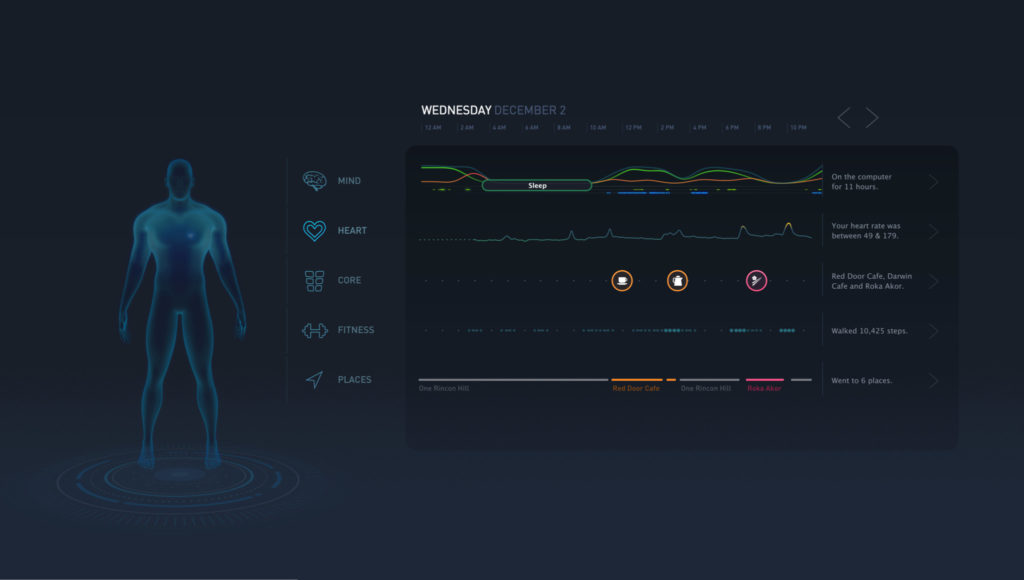
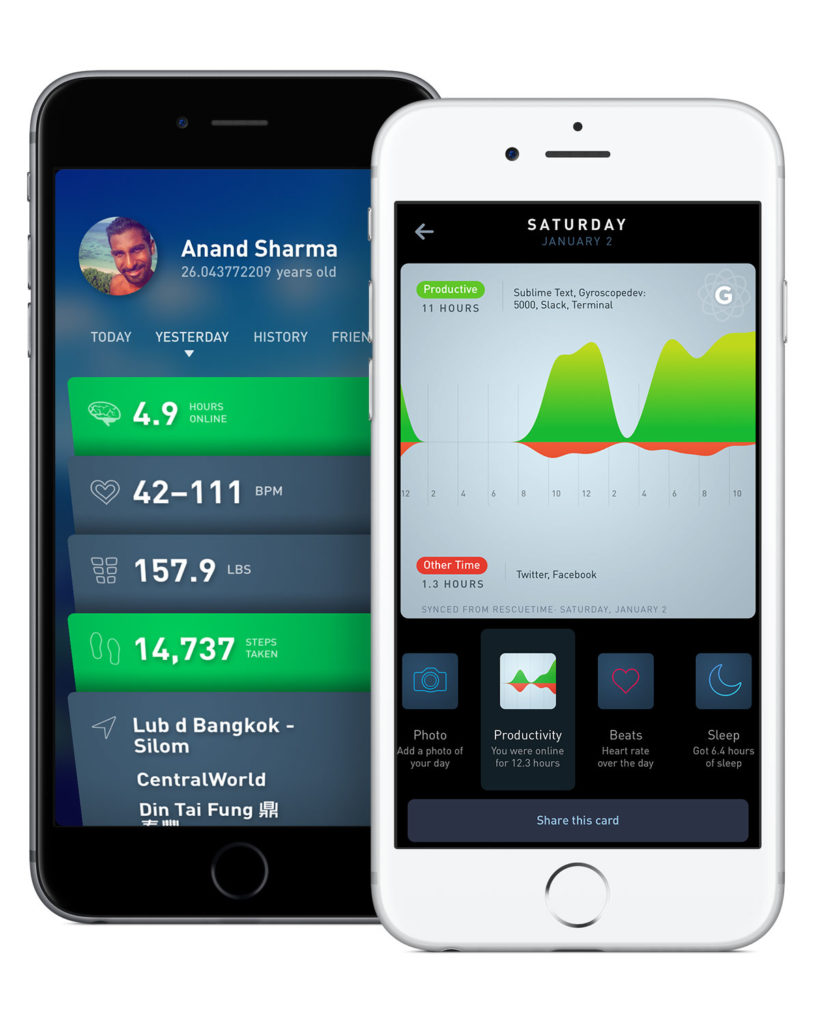
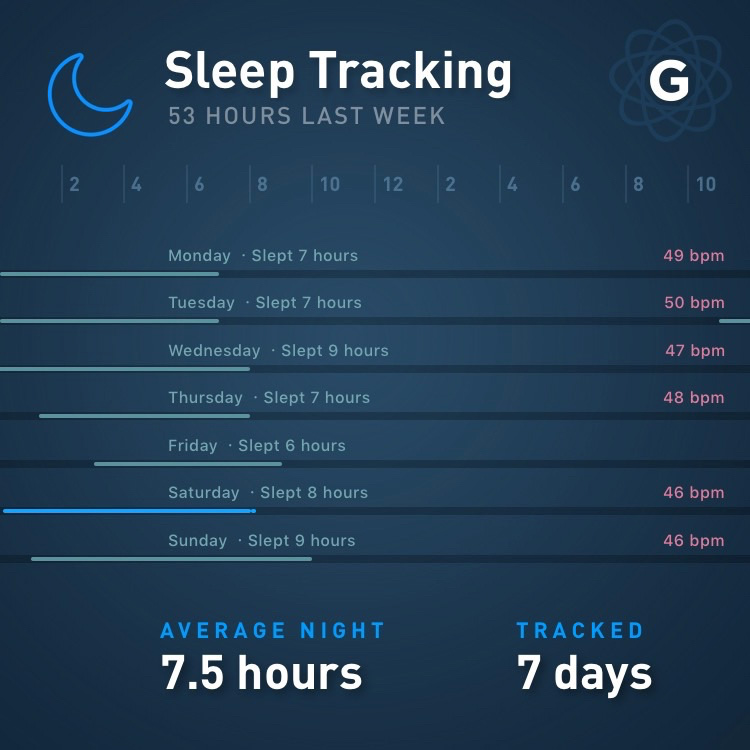
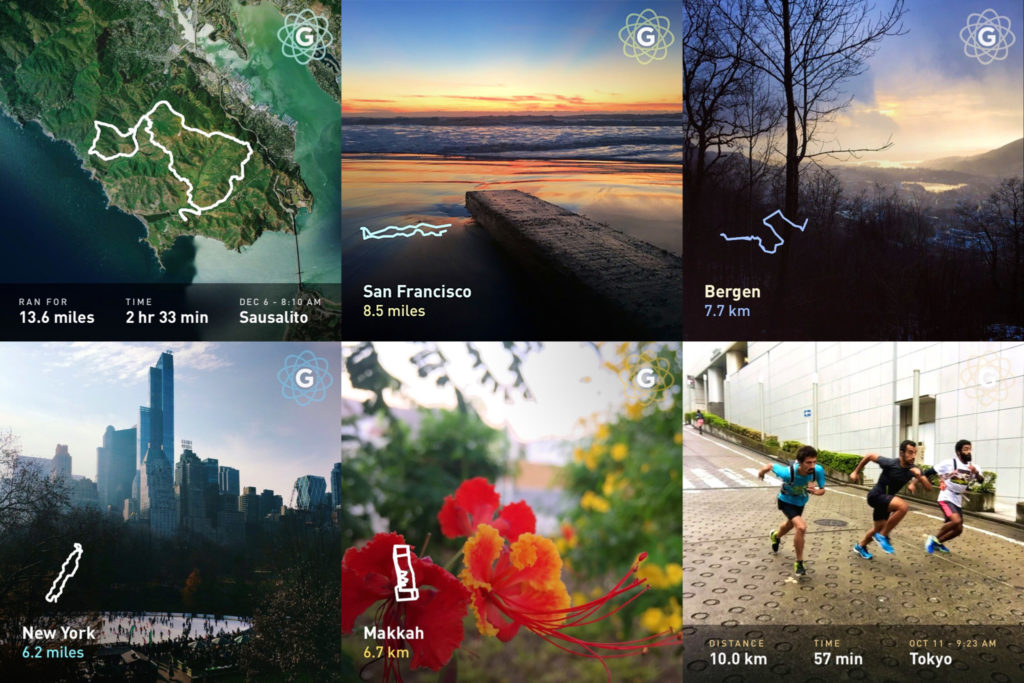
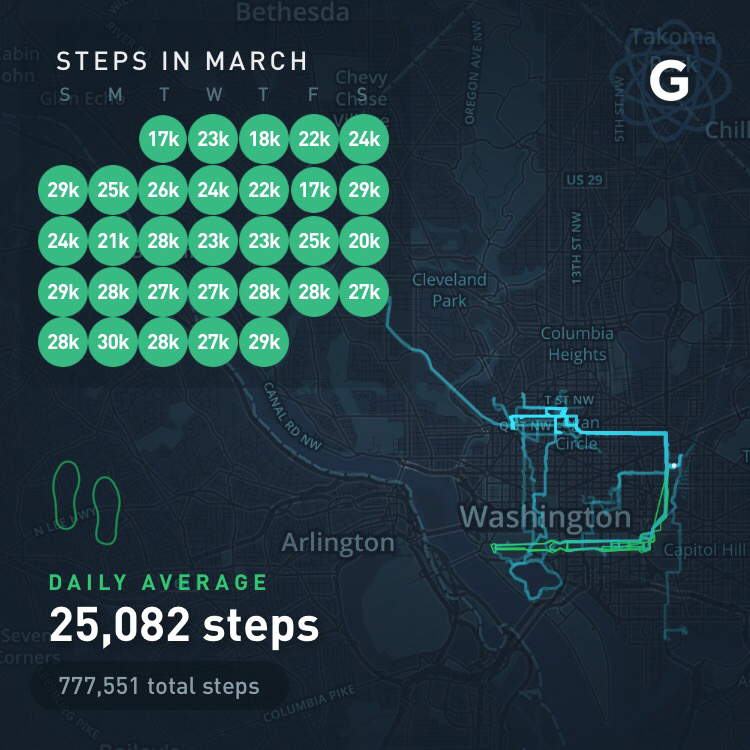
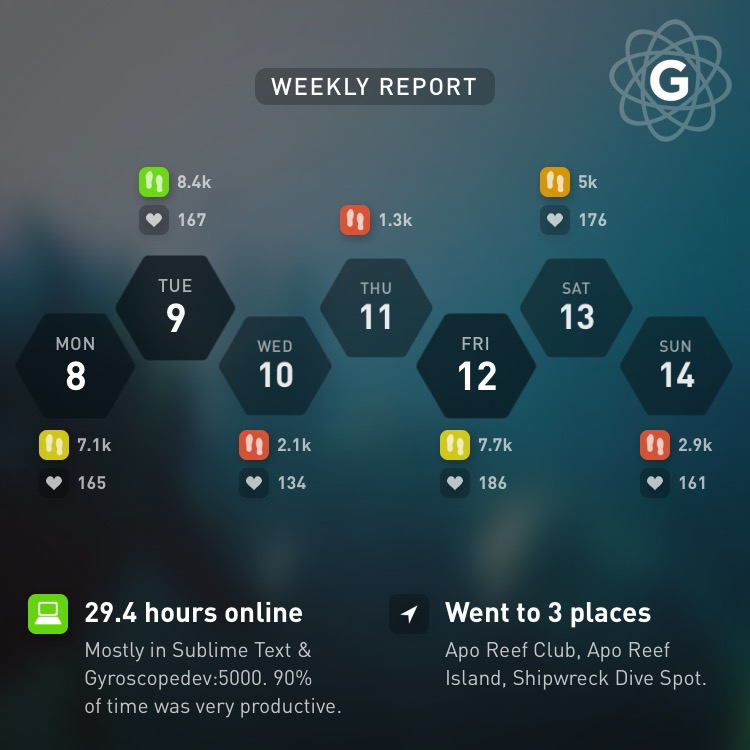
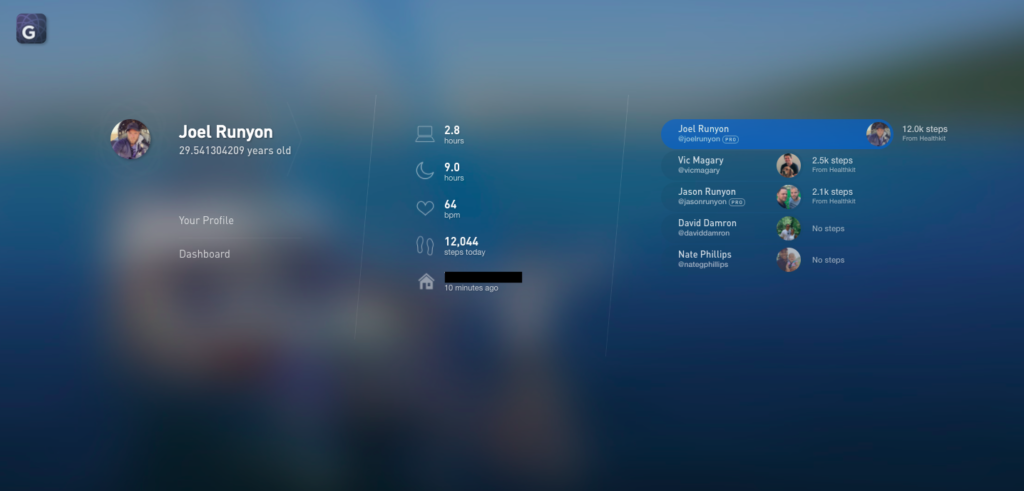

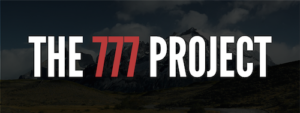
Leave a Reply